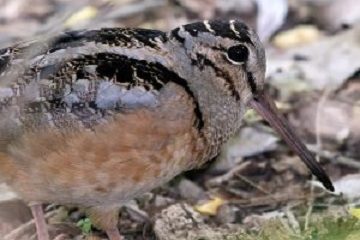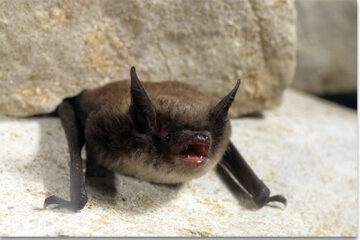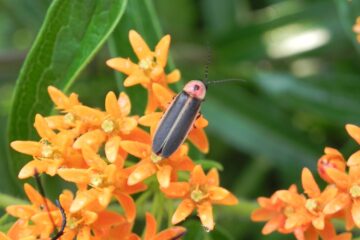Common Name of Creature: Puffball Mushroom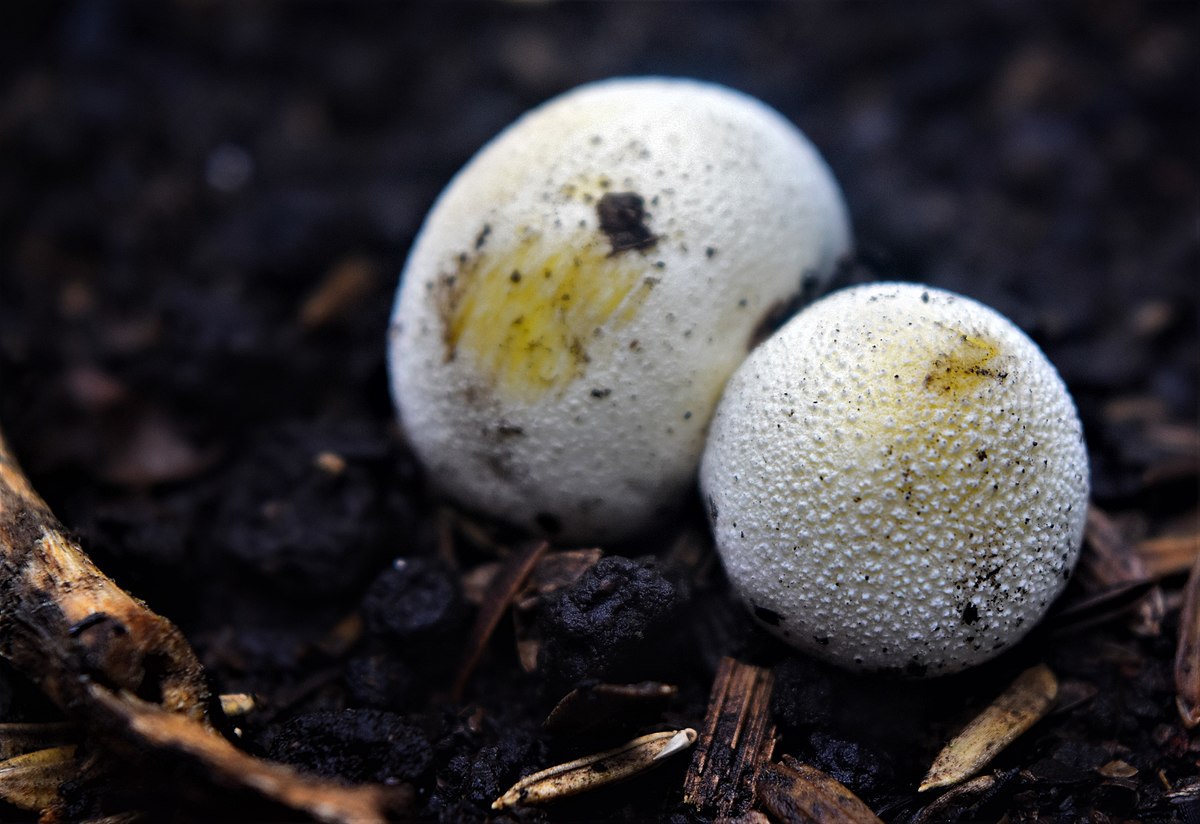
Scientific Name: Family Lycoperdaceae
Identification: Puffballs are the fruiting body belonging to the family of fungi called Lycoperdaceae. They are white to creamy white in color. Round or pear shaped they range in size from a golf ball to a large watermelon. They sit directly on the ground or on rotten wood. They have a one or two layered skin containing spores inside. When young the puffballs are white and firm inside. As they mature the firm flesh transforms into a mass of brown powdery spores.
Habitat: There are several species of Lycoperdaceae and they can be found in soil, on decaying wood, in grassy areas and in woodlands.
Food: Dead and decaying organic material.
Behavior: Puffball mushroom are not plants nor animals. They are classified in the Fungi Kingdom. They provide an important service to the environment as decomposers of dead organic material; leaves, wood, feces, etc. The mushroom is only the fruiting part of the fungi. The organism that produces the fruit(mushroom) is called a mycelium that remains hidden in soil or dead wood. Think of the mycelium as the tree and the mushroom as the apple. The mycelium has a symbiotic relationship with trees and plants. Through their roots plants provide mycelium with carbohydrates, while the fungus increases the roots’ ability to absorb water and the essential minerals phosphorus and magnesium.
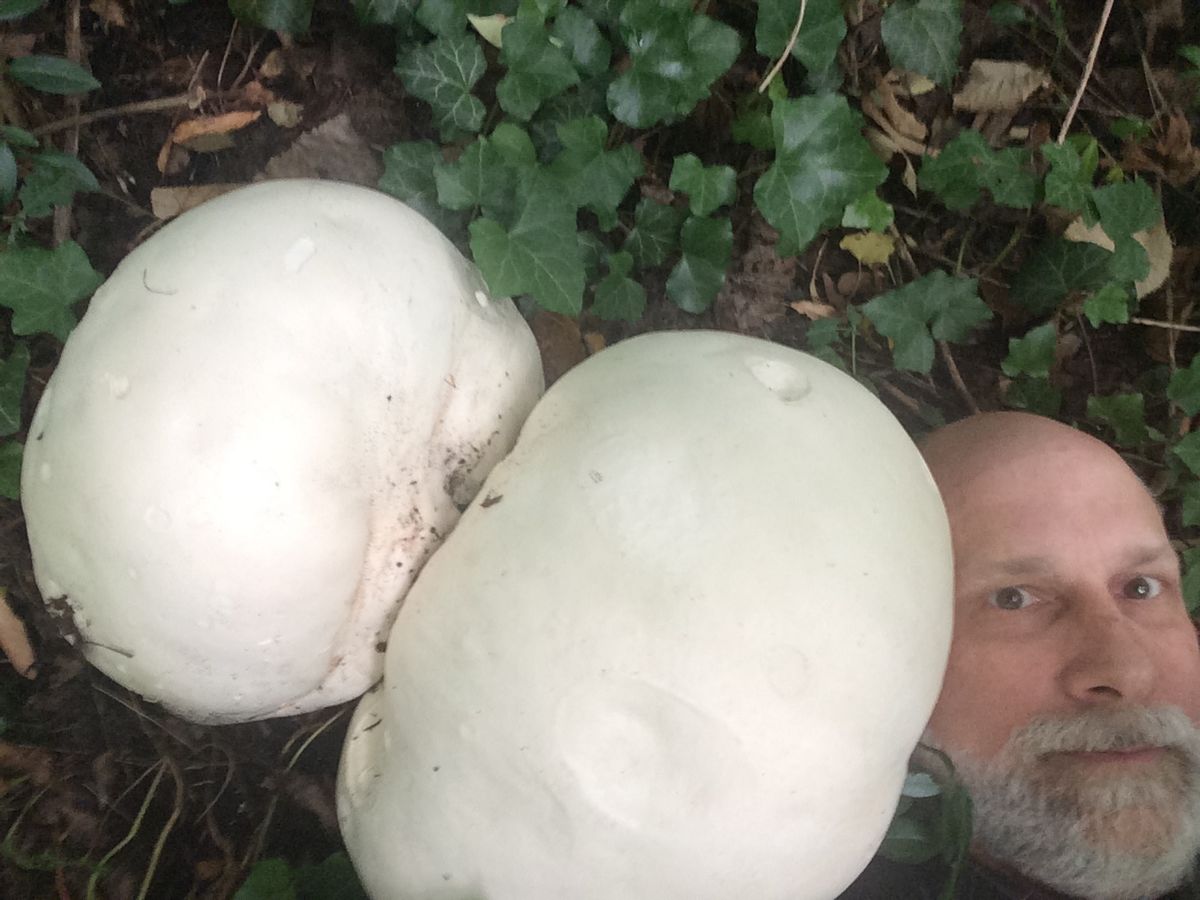
Some puffball mushrooms grow very large!
Life Cycle: When conditions are right (humidity, temperature, day length) the Lycoperdaceae Fungi will produce a mushroom. Over a period of several weeks the puffball mushroom develops into a mature fruit that contains incredible numbers of microscopic spores. The giant puffball (Calvatia gigantea) contains 7 trillion spores. Once the spores have developed within the puffball, tiny pores open up to allow the spores to be released and carried by the wind. Or the stomping on the puffball by a curious child will release them all at once.
Interesting Facts: Some puffball mushrooms are edible while the inside is still white and fleshy (never eat a wild plant or mushroom unless an adult says its ok!). There are even medicinal uses for puffball mushrooms. The spores can be used to clot blood on large wounds and was used by the Lakota Indians.
Credits/Resources:
- https://www.nytimes.com/2017/11/01/nyregion/puffball-mushrooms.html
- https://herbarium.usu.edu/fun-with-fungi/giant-puffballs
- https://www.mushroomexpert.com/puffballs.html
- http://americanmushrooms.com/basics.htm
- http://www.wildflowers-and-weeds.com/mushrooms/Lycoperdaceae.htm
Please share any questions, comments, or photos that you and your child have on the Raritan Headwaters Learning Community Facebook Page!
More Raritan Headwaters Learning Resources

